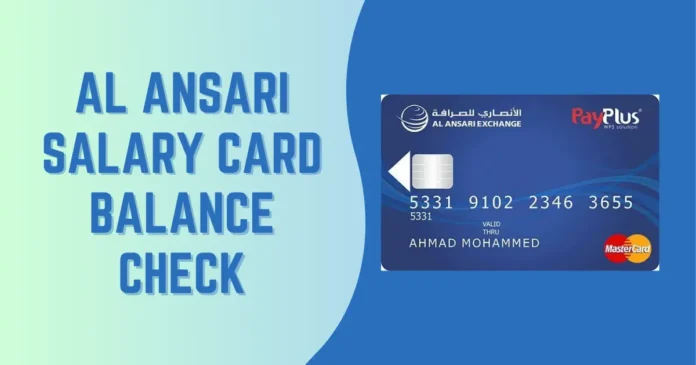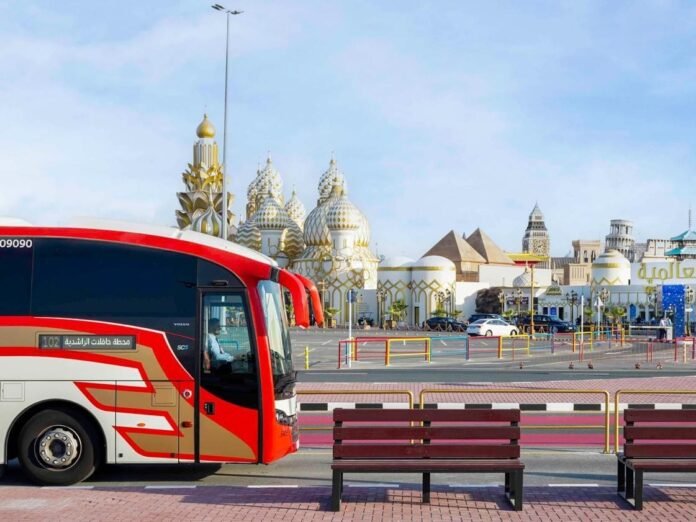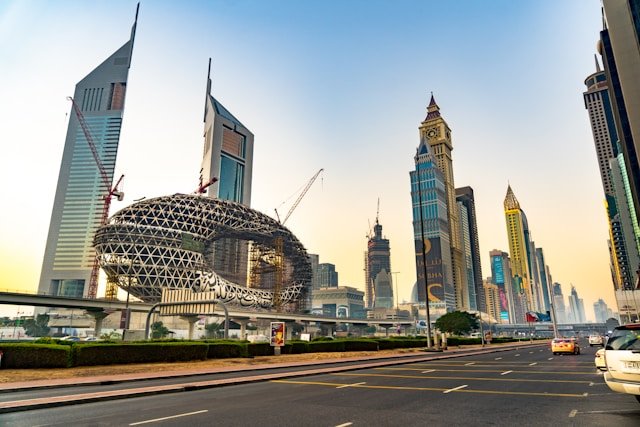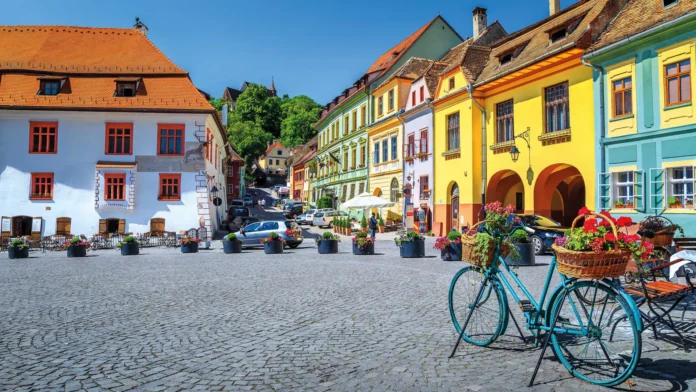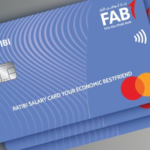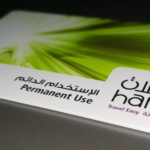Your own commute to work in Dubai can be easy or incredibly stressful, and in most cases, there exists only one underlying cause: ignorance. Being aware of exactly when your bus comes, what stops it travels along, and how long a bus ride takes can turn your chaotic morning into an easy one, especially if you are taking public transportation to and about Business Bay.
The F41 bus route is one of the most hectic feeder routes that connect Business Bay Metro Station with adjacent residential and business districts, including Executive Towers, Bay Avenue, and the corresponding business community. Whether you are working, attending a meeting, or touring a region, the following article will walk you through everything you need to do in order to effectively plan your trip.
This article will:
- Break down F41 bus timings
- Share key stops and route details
- Highlight fare, frequency, and peak-hour tips
- Provide quick answers to commonly searched queries
- End with a summary to make commuting even easier
1. Overview of the F41 Bus Route
The F41 is an RTA feeder bus that has been designed to get passengers from the Business Bay Metro Station (Red Line) to areas nearby that aren’t served directly by the metro. The bus operates in a loop, which makes it highly suitable for short-distance office commuters and residents going home.
Main areas served include:
- Business Bay Metro Station
- Executive Towers
- Vision Tower
- Bay Avenue
- Marasi Drive vicinity
2. F41 Timings from Business Bay
F41 buses operate daily, including weekends and public holidays.
| Day | First Bus | Last Bus | Frequency |
| Monday to Friday | 5:20 AM | 12:40 AM | Every 10–15 minutes |
| Saturday | 5:20 AM | 12:40 AM | Every 12–18 minutes |
| Sunday | 6:00 AM | 12:00 AM | Every 12–18 minutes |
Note: Timings may slightly vary based on RTA schedule changes, so checking the RTA app for live updates before travel is recommended.
3. Route Map and Key Stops
Here’s a simplified breakdown of important stops on the F41 route:
- Business Bay Metro Station (Start/End Point)
- Vision Tower
- Executive Towers T1–T7
- Bay Avenue Park
- Clover Bay Tower
- Capital Golden Tower
- Back to Metro Station
This consistent loop ensures that no matter where boarding happens, the bus will eventually return to Business Bay Metro.
4. Bus Frequency During Peak and Off-Peak Hours
Understanding the timing gap can save minutes or even avoid delayed meetings.
Peak Hours (Morning & Evening):
- 7:00 AM – 10:00 AM
- 5:00 PM – 8:00 PM
Frequency: Every 8–10 minutes
Off-Peak Hours: Every 12–18 minutes
- Trip Duration and Average Travel Time
- Full loop duration: Approximately 20–25 minutes, depending on traffic.
- Short hops between towers and metro: 3–6 minutes.
Ideal for quick office transfers without the need for taxis or long walks.
- Fare and NOL Card Details
The F41 route falls under Zone 6, making it one of the more affordable routes in central Dubai.
| Nol Card Type | Minimum Balance Required | One-Way Fare |
| Red Ticket | 4 AED | 3 AED |
| Silver Card | 7.50 AED | 3 AED |
Tap in when boarding and tap out when leaving to ensure correct fare deduction.
7. Best Times to Travel
To avoid crowded buses:
- Before 7:30 AM for morning shifts
- Between 1:00 PM – 4:30 PM
- After 8:30 PM
8. Tips for Daily Commuters
- Use the RTA S’hail or Wojhati app to track real-time arrival.
- Stand near Gate 2 Exit at Business Bay Metro, as F41 usually arrives there.
- Keep your NOL card topped up; a low balance causes delays at the card reader.
- Avoid rushing in peak hours, buses run frequently, so the next one is usually moments away.
9. FAQs on F41 Bus Timings
Q: Will F41 be in operation on Fridays and Sundays?
Yes, it operates every day, including weekends.
Q: Can luggage be taken?
You can take small bags; however, large suitcases are discouraged due to limited capacity.
Q: Is it wheelchair accessible?
Yes, the RTA low-floor buses are accessible for People of Determination.
Q: Does it connect to other metro stations?
No, it is only dedicated to the Business Bay Metro Station.
Conclusion
The F41 bus is a cheap and safe mode of transport for anyone who lives or works in the Business Bay area to get to where they need to go, even if it does not go there per se. There are frequent buses, quick travel, and an immediate metro line, so taxis or long walks are not required. Round-trip daily travel on the F41 will be even more convenient and will not be subject to traffic or even taxis.
Having stops, times, and fares to refer to at all times makes traveling for each trip so much more confident. Using the F41 bus is a good form of transport to travel around Business Bay, other than taking a taxi or walking, once or ten times a day.
Bookmark this page, you will be awaiting your next visit in no time!


